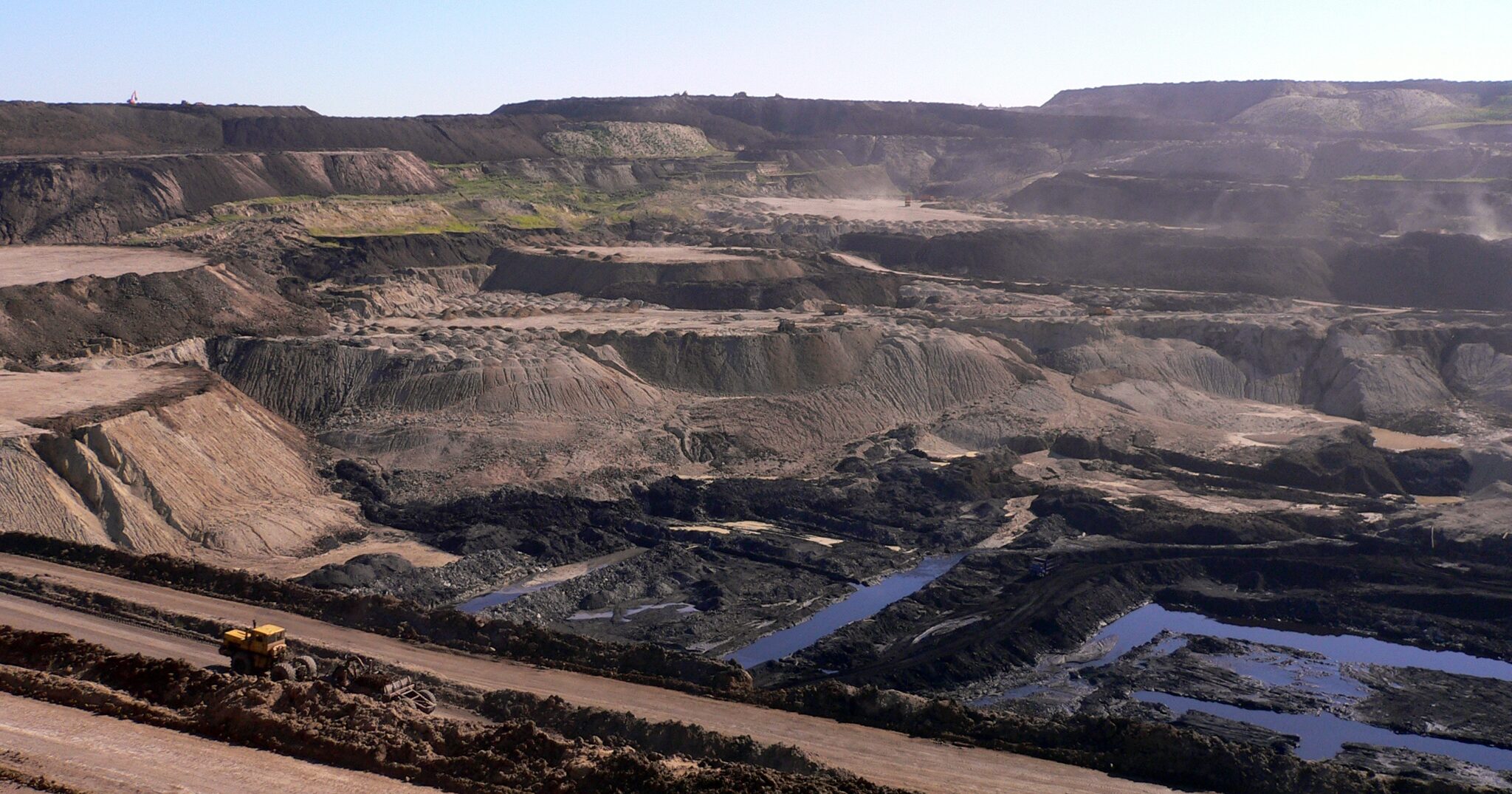Why China clings to coal

China has ordered banks to prioritize funding for coal mines and has begun to draw on Australian fuel, despite the blockade on imports. All the details
The CBIRC, the Chinese authority that deals with regulating the banking sector, has ordered banks and other national financial institutions to give priority to financing for mines and energy plants in order to allow an increase in the production of thermal coal and electricity.
THE ENERGY CRISIS IN CHINA
The CBIRC statement comes at a time of China's energy crisis , mainly due to a coal shortage, which is causing disruption to industrial activities and electricity rationing to citizens in nearly two-thirds of the country's provinces.
Stocks of coal – by far the most widely used fuel for electricity generation – are low in some areas of China, and need to be replenished in anticipation of the cold season, which is now approaching.
Due to the impact of the energy crisis on industrial production, investment bank Goldman Sachs has revised down its forecasts for China's GDP growth, from +8.2 to +7.8 percent.
PROHIBITION OF FINANCIAL SPECULATION
The CBIRC also prohibits banks from speculating on the prices of commodities such as coal or steel in order to keep their values stable, which have already risen a lot.
On Thursday, the main coal contract on the Zhengzhou Commodity Exchange (one of the leading commodity futures trading venues in China) came in at $ 216 per ton, approaching an all-time high. In the past month alone, China's coal prices have risen by nearly 75 percent.
THE CLIMATE POLICIES OF CHINA
The energy crisis – it was mentioned – is linked to the decline in coal production: some mining companies are having difficulty in accessing finance due to the climate policies introduced by President Xi Jinping which aim, among other things, to reduce the share of this fuel in the energy mix (today it is very high: around 70 per cent). China is the country responsible for the largest amount of greenhouse gas emissions in the world, but it is committed to reaching “net zero” by 2060, aligning itself with the global trend towards carbon neutrality.
SUPPORT TO PRODUCING REGIONS
The CBIRC specifically invites to support those territories where Chinese mining production is concentrated, such as the provinces of Shanxi and Shaanxi and the regions of Inner Mongolia and Xinjiang, in order to increase supplies. And it prohibits stopping or reducing funding to coal-fired power plants that meet regulatory standards.
THE AUSTRALIAN COAL
To increase fuel availability, China has begun to draw – albeit to a limited extent – from the Australian thermal coal cargoes left waiting in ports, despite the unofficial import ban introduced about a year ago due to political disagreements with Canberra.
In 2020, as the Financial Times reconstructs, Australia sent 35 million tons of thermal coal to China, and nearly 50 million tons in 2018 and 2019. After November 2020, however, due to blockages to purchases imposed by Beijing, coal exports to the country fell to zero.
Lara Dong, an analyst at IHS Markit, does not believe these limited withdrawals are a sign of an imminent turnaround in import policy from Australia. Some Chinese provinces have asked for an increase in purchases from Indonesia (the main Chinese supplier), Russia and Mongolia.
However, Indonesian coal – of medium quality, compared to the high quality of the Australian Newcastle variety – also reached higher than ever: $ 166.5 a ton.
This is a machine translation from Italian language of a post published on Start Magazine at the URL https://www.startmag.it/energia/cina-carbone-finanziamenti-banche/ on Wed, 06 Oct 2021 09:15:32 +0000.
